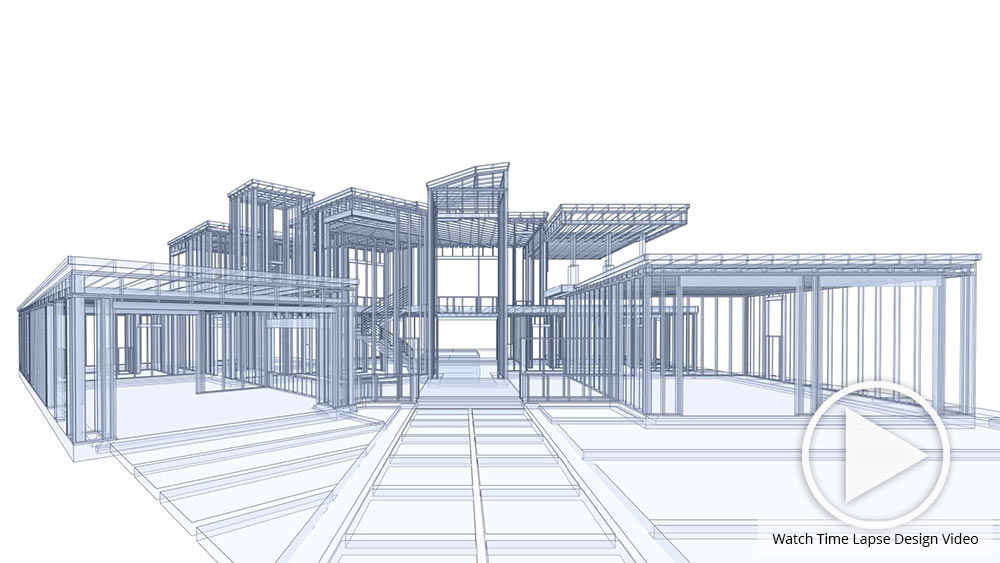The Creative Refine Behind Successful Projects from CDA Architects
The Creative Refine Behind Successful Projects from CDA Architects
Blog Article
Understanding the Collaborative Process In Between Engineers and Designers in Modern Building And Construction Projects
The collective procedure in between engineers and designers is crucial in contemporary building tasks, as it harmonizes design intent with engineering expediency. Checking out these characteristics exposes insights that might dramatically influence project results and general market criteria.
The Value of Collaboration
The collective synergy between architects and designers is important for the successful understanding of any kind of construction project. This collaboration combines unique proficiency and point of views, allowing the combination of ingenious style with sensible engineering solutions. By functioning with each other, engineers and engineers can make sure that a task not just meets visual and practical demands but also abides by security, sustainability, and financial constraints.
Collaboration cultivates a common vision, assisting in the positioning of goals and assumptions from the start. This alignment is critical in addressing prospective difficulties and mitigating dangers that might arise throughout the task lifecycle. Moreover, a collaborative method permits the reliable allotment of resources, enhancing both time and cost.
The importance of partnership reaches the repetitive process of design and building and construction, where comments from designers can notify building decisions, causing more possible and sustainable designs. Conversely, architects can motivate designers to think artistically about how to attain structural honesty without endangering creative intent. Ultimately, the joint partnership between engineers and designers is not just helpful; it is basic to the development of top quality, functional, and innovative developed environments that fulfill the demands of culture.
Communication Techniques and Tools
Efficient communication methods and devices are important for promoting collaboration in between designers and engineers throughout the job lifecycle. Establishing clear channels of interaction is vital to guarantee that all employee are aligned with task goals, timelines, and obligations. Regular meetings, both in-person and online, supply possibilities for stakeholders to discuss progress, address worries, and make informed decisions.
Utilizing job administration software, such as BIM (Building Information Modeling) platforms, improves cooperation by allowing real-time sharing of design adjustments and technological specs. These tools assist in transparency, permitting engineers and designers to imagine modifications and analyze their effect on the overall job.

Shared Objectives and Task Vision

Establishing shared objectives entails open dialogue and an extensive understanding of each discipline's payments. Designers normally concentrate on design intent, spatial connections, and view website user experience, while engineers stress architectural stability, systems functionality, and compliance with laws (cda architects). When these perspectives are straightened, the result is a cohesive task that sticks to both innovative goals and technical usefulness
Moreover, a well-defined project vision fosters liability among staff member, urging each participant to take possession of their function in achieving the preferred result. Normal check-ins and collective workshops can additionally reinforce this commitment, permitting modifications to be made as the project evolves. Ultimately, a shared vision not only boosts synergy yet likewise elevates the high quality of the last deliverable, leading to effective project conclusion.
The Function of Modern Technology
Leveraging technology has come to be crucial in boosting partnership between engineers and designers. Building Details Modeling (BIM) stands out as a pivotal innovation, enabling both engineers and engineers to produce comprehensive 3D models that encapsulate style intent and architectural stability.
Furthermore, cloud-based systems allow smooth collaboration, enabling task stakeholders to access and upgrade task information from anywhere. This cultivates a society of transparency find more and responsibility, as modifications can be tracked and examined in real-time. Furthermore, mobile applications further boost interaction, offering on-site groups with prompt accessibility to project requirements and updates.
Arising modern technologies such as fabricated intelligence and artificial intelligence are also beginning to play a role in anticipating analysis, aiding teams recognize prospective issues prior to they develop. Inevitably, the duty of modern technology in architecture-engineering partnership not only boosts workflow effectiveness but also enhances advancement, resulting in even more successful project outcomes. By accepting these technical innovations, architects and engineers can make sure an extra cohesive and productive collective process throughout the building lifecycle.
Situation Studies in Successful Collaborations
Many study highlight the profound influence of effective collaborations between engineers and engineers on job outcomes. One notable example is the partnership on the High Line in New York City City, where landscape engineers, engineers, and metropolitan organizers collaborated to transform a deserted rail line into a vibrant public park. This multidisciplinary strategy not only improved the visual high quality however additionally ensured structural safety and ecological sustainability.
An additional excellent situation is the style and construction of the Sydney Concert Hall. The partnership in between designer JÃ ¸ registered nurse Utzon and architectural engineer Ove Arup exhibited ingenious analytical. Their collaboration allowed for the iconic shell-like style while addressing intricate engineering obstacles, eventually leading to an ageless architectural work of art.
The Burj Khalifa in Dubai additionally demonstrates the significance of collective efforts. cda architects. The combination of style and engineering proficiency allowed the project group Your Domain Name to attain unmatched elevations while sticking to security policies and visual vision
These instances highlight the relevance of communication, count on, and shared objectives. In today's complex building atmosphere, such collaborations are vital to browsing challenges and providing tasks that satisfy both useful and visionary objectives.
Final Thought
In final thought, the collaboration between architects and designers is essential for the success of contemporary building tasks. Effective interaction techniques, a common project vision, and the combination of advanced innovations are crucial parts that facilitate this collaboration.
Report this page